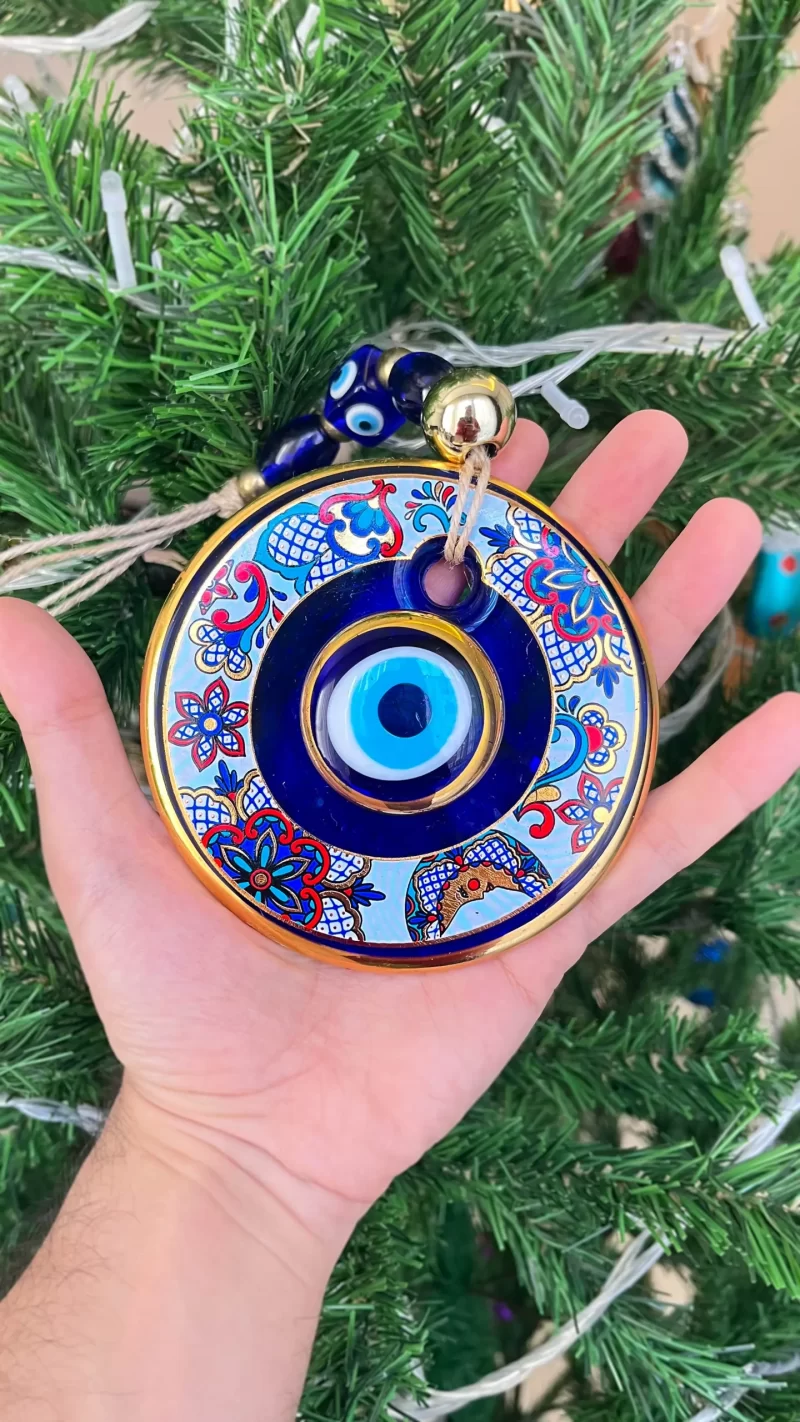The Ancient Origins of the Evil Eye
The evil eye is a supernatural belief rooted in the malevolent power of a glare, often fueled by envy. Its history spans back 5,000 years, making it one of humanity’s oldest and most enduring superstitions
1. Prehistoric Beginnings:
- Upper Paleolithic Age: Even in ancient times, people recognized the potential harm caused by envious glances. Amulets to protect against the evil eye have been discovered from this era
- Ugarit: Texts from this ancient Syrian port city (around 1180 BC) attest to the concept of the evil eye during the late Bronze Age collapse
2. Greek and Roman Influence:
- In Classical antiquity, the Greeks and Romans referenced the “mati” (evil eye) in their writings. Authors like Hesiod, Plato, and Pliny the Elder explored its power and protective measures
- Artefacts from the Mediterranean and Levant regions reveal the prevalence of this belief .
3. Symbolism and Protection:
- The evil eye is found in various cultures, including Jewish, Muslim, and Christian traditions.
- Nazar amulets, shaped like an eye, and the hamsa, a hand-shaped talisman, are famous protections against the evil eye.
- Glass evil eye beads gained popularity with the Phoenicians, Persians, Greeks, Romans, and Ottomans around 1500 BC
4. Regional Variations:
- Southern Italy: Here, amulets like the cornicello, cimaruta, and the sign of the horns are used for protection.
- Arab Culture: Saying “Masha’Allah” alongside a compliment prevents envy from attracting the evil eye.
- Brazil: Certain plants, like rue, are believed to guard against its influence.
5. A Timeless Guardian:
- Pregnant women, children, and animals are considered particularly susceptible to the evil eye.
- Despite cultural shifts and modernization, belief in its power persists worldwide






Reviews
There are no reviews yet.